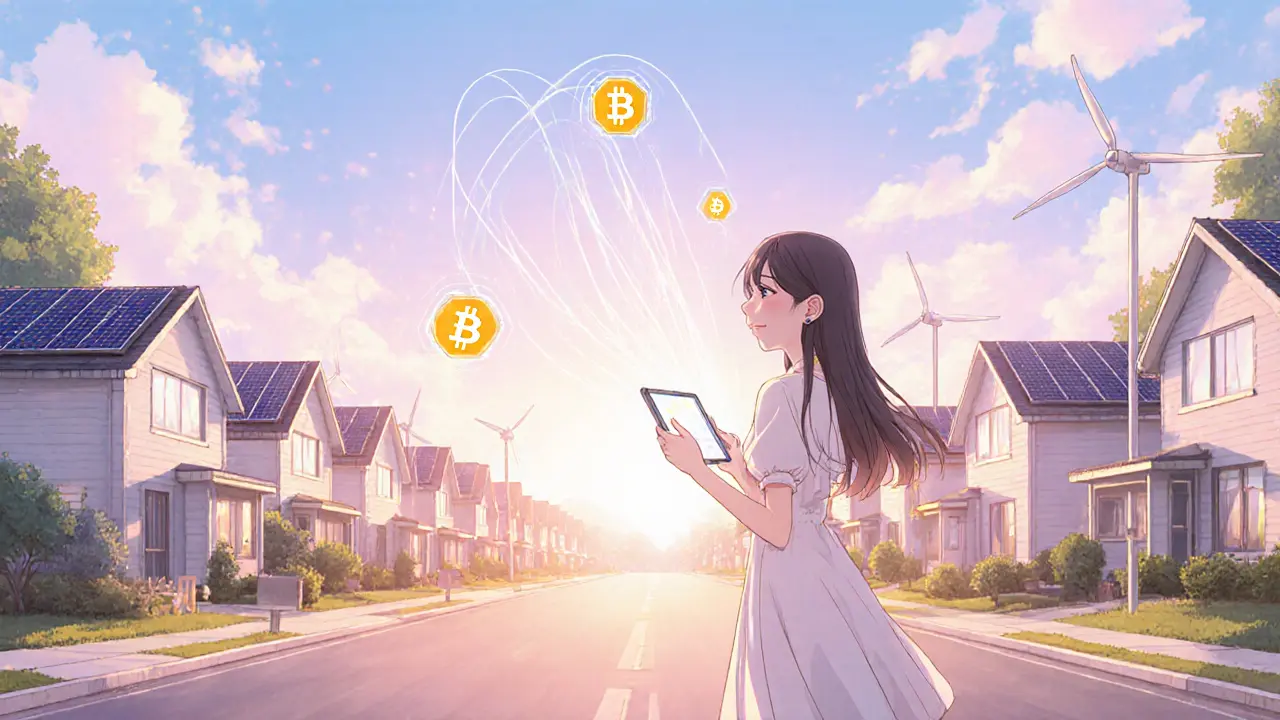Microgrid Blockchain: The Future of Decentralized Energy
When talking about microgrid blockchain, a system that blends local energy grids with blockchain technology to enable peer‑to‑peer power trading and transparent record‑keeping. Also known as energy blockchain, it lets producers, consumers, and prosumers exchange electricity without a central utility.
The foundation of any blockchain is an immutable ledger that records every transaction in a verifiable way. By anchoring energy data on such a ledger, microgrids gain real‑time trust, which paves the way for smart contracts. These self‑executing agreements automatically settle trades when conditions—like price thresholds or renewable output levels—are met, cutting out manual invoices and reducing settlement delays.
Tokenization, IoT, and Market Automation
Tokenization turns kilowatt‑hours into digital assets that can be bought, sold, or bundled. A token representing 1 kWh can travel across borders, be programmed for time‑of‑use pricing, and even be retired as a carbon‑offset certificate. When IoT sensors feed real‑world measurements into the blockchain, the system instantly validates generation, consumption, and grid health. The synergy of IoT and tokenized energy creates a decentralized energy market where participants trade directly, similar to the token economics discussed in utility‑token value guides.
Regulatory compliance is another piece of the puzzle. As crypto‑related compliance costs rise—highlighted in 2025 budgeting articles—energy projects must account for AML/KYC rules, especially when tokens are tradable for fiat. Understanding the cost structure helps developers design affordable token models that still meet legal standards. Likewise, insights from utility‑token demand studies show that genuine utility—like paying for grid services—keeps token value stable, avoiding the hype‑driven volatility seen in many meme coins.
Below you’ll find a curated set of articles that dive deeper into each of these facets: from the tech behind decentralized supercomputers to practical guides on compliance, tokenomics, and market analysis. Whether you’re building a microgrid, investing in energy tokens, or just curious about blockchain’s role in clean power, the following posts give you the practical knowledge you need to move forward.
How Blockchain Transforms Microgrids: Peer-to-Peer Energy Trading Explained
Explore how blockchain turns microgrids into decentralized energy markets, enabling secure peer‑to‑peer trading, smart contracts, and greener power management.
